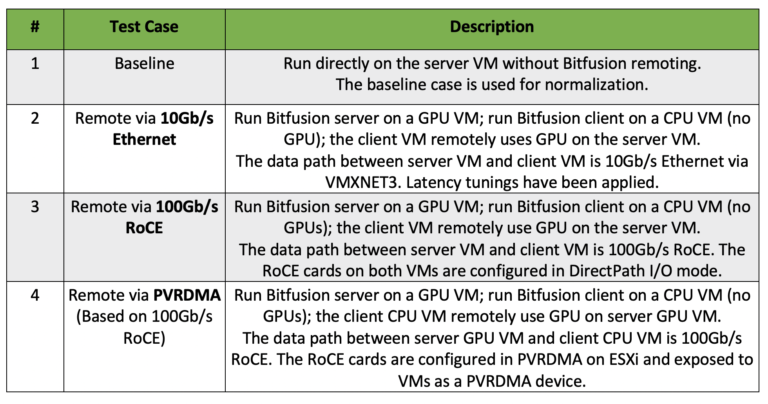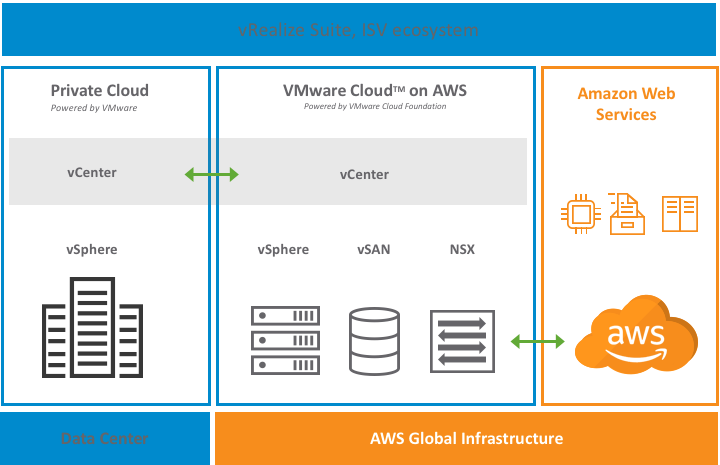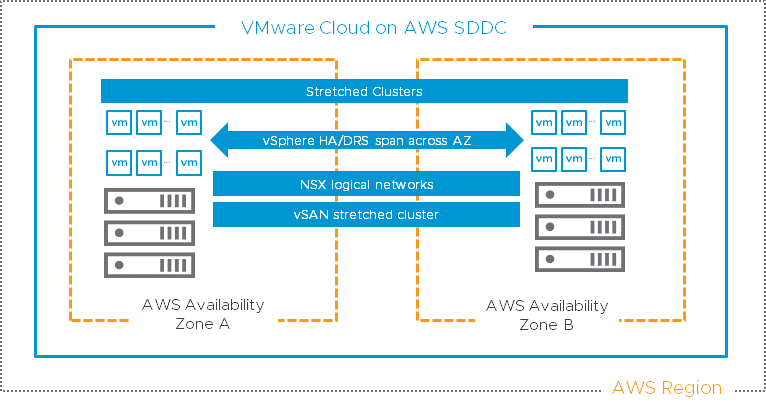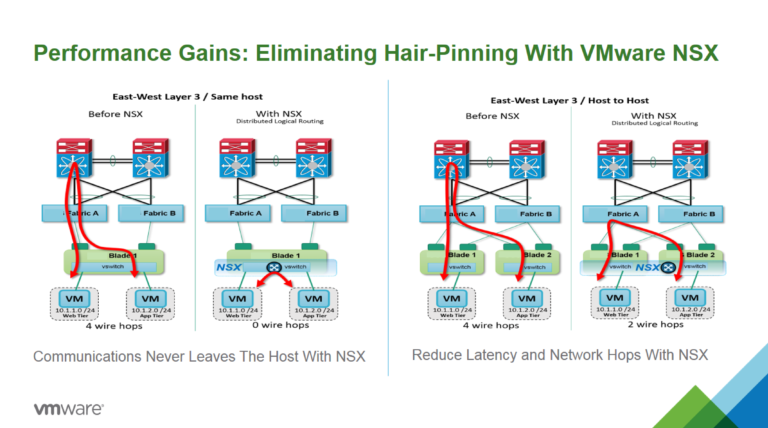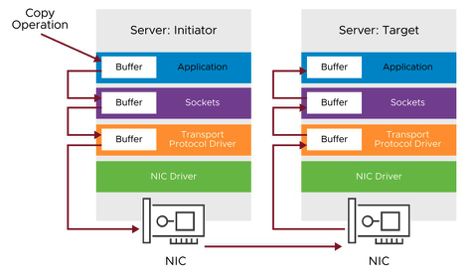
Persistent Memory (PMEM) and vSphere 6.7
Customers have successfully run their business-critical Oracle workloads with high performance demands on VMware vSphere for many years.
Deploying IO-intensive Oracle workloads requires fast storage performance with low latency and resiliency from database failures. Latency, which is a measurement of response time, directly impacts a technology’s ability to deliver faster performance for business-critical applications.
There has been a disruptive paradigm shift in data storage called Persistent Memory (PMEM) that resides between DRAM and disk storage in the data storage hierarchy.
More information about Persistent Memory (PMEM) and how vSphere 6.7 can take advantage of PMEM technology to accelerate IO-intensive Oracle workloads can be found here.
Accelerating Oracle Performance using vSphere Persistent Memory (PMEM) – Reference Architecture
The Accelerating Oracle Performance using vSphere Persistent Memory (PMEM) paper examines the performance of Oracle databases using VMware vSphere 6.7 Persistent Memory feature in different modes for below uses cases for
- Improved performance of Oracle Redo Log using vPMEM Disk-backed vmdks/vPMEM disks in DAX mode
- Accelerating Performance using Oracle Smart Flash Cache
- Potential reduction in Oracle Licensing
In the next blog article Oracle and vSphere Persistent Memory (PMEM) – vPMEM v/s vPMEMDisk , we demonstate the performance improvement in Redo log activity when redo log files are placed on vPMEM Disk-backed vmdks/vPMEM disks in DAX mode over redo logs on vPMEMDisk backed vmdks.
Conclusion
Deploying IO-intensive Oracle workloads requires fast storage performance with low latency and resiliency from database failures. Latency, which is a measurement of response time, directly impacts a technology’s ability to deliver faster performance for business-critical applications.
Persistent Memory (PMEM) technology enables byte-addressable updates and prevents data loss during power interruptions. Instead of having nonvolatile storage at the bottom with the largest capacity but the slowest performance, nonvolatile storage is now very close to DRAM in terms of performance.
Persistent Memory Performance in vSphere 6.7 paper can be found here.
Thanks to Kevin Closson , the man behind SLOB , for his help with the SLOB workloads.


